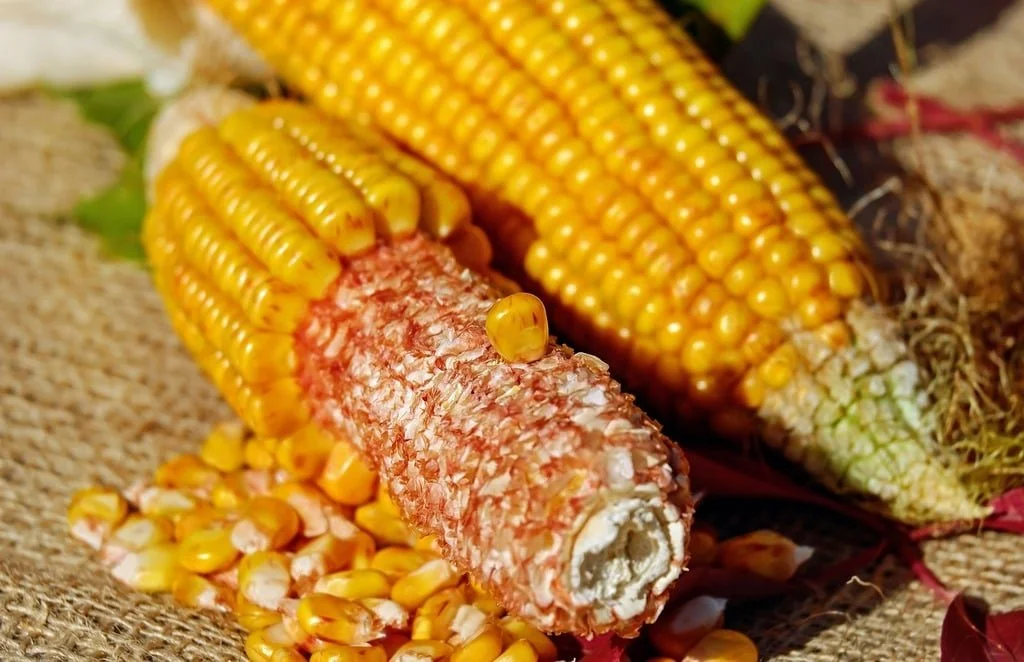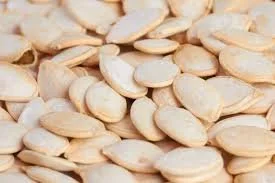Baker’s Dozen: 13 No-Waste Ingredients You’re Throwing Out
Part of the series: #NoWasteFood
Carrot Tops
1. Carrot Tops
Those feathery greens on carrots are often tossed, yet they’re entirely edible and packed with flavour. Historically, carrot tops were simmered into soups or used medicinally in teas.
Today, they can be blended into a bright pesto that carries a slightly earthy, parsley-like note. The nutrients in the tops, including vitamin K and antioxidants, add extra value to a root already celebrated for its health benefits.
Next time you buy a bunch, think of the greens as the herb that came free with your carrots.
Beet Greens
2. Beet Greens
Before beets became a root crop staple, their greens were the main attraction in ancient kitchens.
These leaves are rich in calcium and iron, comparable to spinach in their nutrient profile. Sautéed with garlic or wilted into soups, they bring a deep, earthy taste that connects plate to soil.
Farmers once prized beets for their versatility — nothing was wasted. Keeping the tops is a reminder that whole-use cooking was once the default, not the exception.
Potato peels
3. Potato Peels
The potato has been called “the bread of the poor,” and its skins are one of the most nutrient-dense parts. In times of famine, peels were fried, boiled, or ground into filler for bread.
Today, they can be crisped into a snack that rivals any chip bag, with far less waste. Rich in fibre and potassium, potato skins offer more than crunch — they carry the resilience of a crop that fed generations.
Rather than scraping them off into the compost, turn them into a rustic side dish.
Radish leaves
4. Radish Leaves
Radishes are quick to grow and often harvested young, yet their leafy tops are just as valuable. Bitter and peppery, they were once brewed into tonics or added to peasant soups across Europe and Asia.
Cooking mellows the bite, making them perfect for broths, stir-fries, or blended into a green sauce. These leaves are high in vitamin C and calcium, often more so than the root itself.
Eating them closes the loop between field and kitchen.
Apple cores
5. Apple Cores
The humble apple core has long been transformed into vinegar, cider, or jelly. Farmers and homesteaders rarely wasted such a resource, knowing its hidden sugars and natural yeast were the start of something new.
At home, cores can be simmered into syrup or fermented into apple scrap vinegar. The pectin in the cores also makes them a natural thickener for jams.
Instead of tossing them, see them as the seed of another recipe.
Corn cobs
6. Corn Cobs
Once the kernels are eaten, the cob is still full of flavour. Indigenous cooks in North America boiled stripped cobs to make sweet broths, while others dried and ground them for animal feed or even fuel.
Today, corn cob stock adds depth to chowders and risottos. The practice keeps alive the ingenuity of those who used every part of the harvest. In summer kitchens, it’s a simple way to stretch corn season just a little longer.
Broccoli stalks
7. Broccoli Stalks
The stalk of broccoli is often trimmed away, though it’s sweeter and less bitter than the florets.
Farmers in Italy and the Mediterranean traditionally used every part of brassicas, from leaf to stem. Peeled and shredded, the stalk becomes a tender base for slaws or stir-fries.
It’s also excellent roasted, taking on a nutty flavour when caramelized. Choosing to eat the stalk honours both the plant and the people who cultivated it fully.
Watermelon rind
8. Watermelon Rind
Across the American South and parts of Asia, watermelon rind pickles were once a pantry staple. The pale green flesh, though often discarded, is crisp and absorbent — a perfect canvas for spices.
Pickled or stir-fried, the rind offers a refreshing crunch with a sustainable twist. In China, stir-fried watermelon rind has been a thrifty dish for centuries.
Embracing the rind means stretching summer’s sweetest fruit beyond its fleeting season.
Squash seeds
9. Squash Seeds
Before pumpkin seeds became a trendy health food, Indigenous communities roasted and ate them as part of seasonal harvest traditions.
Rich in protein, healthy fats, and magnesium, they are a nutrient powerhouse hidden inside every gourd. Roasted squash seeds can be seasoned sweet or savoury, rivaling store-bought snacks.
In Mexico, they are ground into sauces like pipián, showing their culinary depth. Saving seeds turns kitchen waste into heritage-rich nourishment.
Onion skins
10. Onion Skins
Onion skins are often thrown away, yet they’re a natural dye, a rich stock ingredient, and even a source of antioxidants. Traditional cooks simmered them to deepen broth colour and flavour.
In some cultures, the papery layers were steeped in teas to soothe colds. Onion skins contain quercetin, a compound studied for heart health benefits.
Even the outermost peel carries culinary and medicinal history.
Celery leaves
11. Celery Leaves
Celery leaves, tender and aromatic, were once used as freely as parsley in European kitchens. Their flavour is brighter than the stalk, making them ideal for soups, salads, or as a garnish. In ancient Greece, celery crowns were woven into victory garlands — a nod to the plant’s value beyond the table.
Nutritionally, the leaves are high in vitamin A and magnesium. Tossing them is like discarding a spice you already own.
Citrus peels
12. Citrus Peels
From candied orange rinds to preserved lemons, citrus peels have been prized worldwide. They are fragrant, full of oils, and capable of transforming desserts, drinks, and savoury dishes alike. Historically, candied peels were luxury items, served in medieval feasts as signs of wealth.
Today, zest brightens dishes and reduces food waste. With a little sugar or salt, peels turn from scraps into gourmet essentials.
Coffee grounds
13. Bonus: Coffee Grounds
Coffee grounds are more than compost — they’ve been used in baking, body scrubs, and even as a meat rub. During wartime shortages, grounds were reused for weaker brews or stretched with chicory. Nutritionally, they still hold antioxidants and fibre, making them an underappreciated pantry resource. They can enrich brownies with a mocha depth or season roast meats with smoky complexity. The grounds tell us that even after the cup, coffee still has something to give.
Read More in This Series
Nose-to-Tail and Root-to-Stem: Ancestral Lessons in No-Waste Cooking
From Broth to Bread Pudding: Turning Scraps into Classic Recipes
Preservation as Protest: Canning, Pickling, and Fermenting in Hard Times
Scraps, Stems, and Skins: The Science of Cooking What We Throw Away
No-Waste Futures: How Chefs and Home Cooks Are Redefining the Kitchen






















